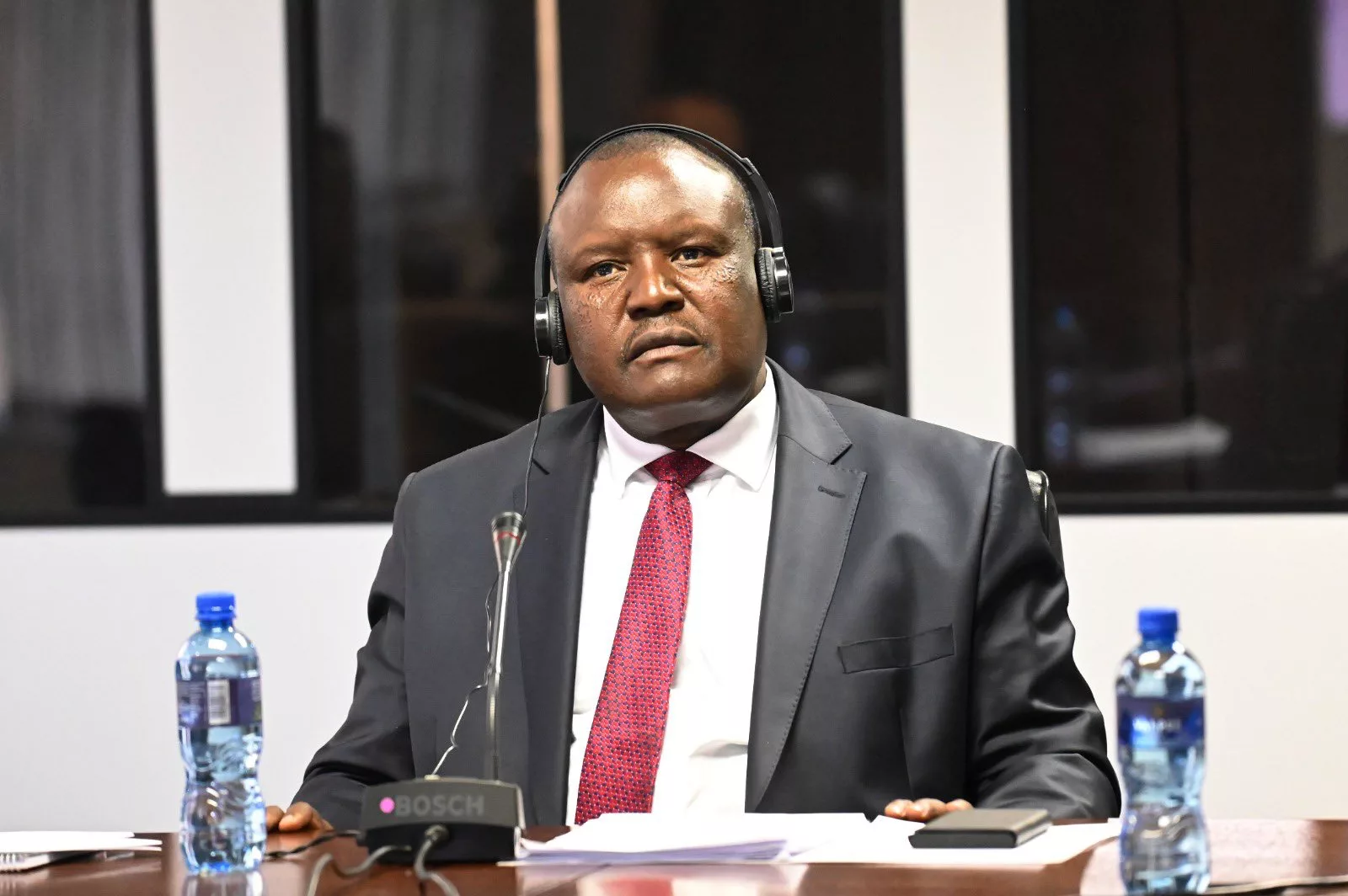By Charles Dhewa
Building reliable markets and strengthening the adaptive capacity of farmers should include bold actions to reverse the infiltration of indigenous knowledge by imported knowledge systems. While indigenous knowledge systems are being diluted and fractured at several levels, the most glaring example is in indigenous poultry. Having noted that health-conscious consumers are now witching from broilers to indigenous chicken (road runners), some commercial poultry feed companies are now claiming to manufacture feed for indigenous poultry as well as produce day old indigenous chicks.
What is preventing African researchers from upgrading indigenous poultry feed and chicks that have been produced traditionally for decades is not clear. With the right investments in local and organic production of feed, organically produced poultry feed and chicks would by now be abundant especially in dry regions where indigenous natural poultry feed is abundant. That should anchor indigenous poultry-driven rural industrialization.
Co-creating local solutions
Tapping into indigenous knowledge held by the old generation in rural communities who know how to raise poultry and produce feed the indigenous way, institutions of higher learning would be leading in generating context-specific solutions. Such indigenous knowledge would include how to produce and process indigenous rice, indigenous fruits, herbs and indigenous vegetables rather than studying these foods for the purpose of passing examinations and filing away research theses.
African colleges, universities and community centers should be transformed into spaces for co-creating knowledge, bringing together rural and urban stakeholders as well as experts to examine lessons from COVID19. Such engagements can easily evolve into localized networks of food systems that protect and support informal knowledge sharing channels that have proven effective in dealing with COVID19 in the absence of a vaccine from formal science.
Mapping existing knowledge and other resources
Supporting informal channels through which food and knowledge moves is a fundamental way of reversing the infiltration and dilution of indigenous knowledge systems and food systems. Such efforts should include mapping of existing local resources like land, soil types and water sources including forests which all contribute to local food systems.
Also critical is mapping knowledge and human skills in particular communities. In most rural communities, the old generation have knowledge for producing small grains, indigenous vegetables and indigenous poultry but no longer have the energy to continue producing. They also know how to produce commodities in ways that are sensitive to the environment.
Indigenous knowledge as indicator for economic growth and well-being
Every African country should ensure indigenous knowledge systems are an indicator of a nation’s socio-economic development. Institutions of higher learning located in particular production zones should ensure they add value to local knowledge instead of sticking to imported curricula. Much of their curricula or content should comprise local knowledge or indigenous knowledge systems.
Researchers and students in faculties of agriculture and natural resources should ensure supply chains are informed by local commodities like small grains, indigenous fruits and vegetables, indigenous chickens and many other potential areas of growth. That is how they can guide the development of appropriate supply chains and markets. It is a pity that development organisations working in dry regions are promoting production of small grains and partly indigenous chickens but they are not developing markets.
Once a region has enough potential to produce its own food, 10% can be local consumption while the rest is destined to the market. Currently most few quantities produced for surplus get to the market through public transport which is uneconomic for every farmer to take his/her bucket of small grains to the market more than 200km away. Better markets tend to be distant from smallholder farming areas where everyone can have the same commodity such that there is no one to sell to.
Exploring value addition options
In spite of all the investments, agricultural production in Africa remains seasonal and there is no control over production cycles. That is why supply becomes inconsistent and there is also no preservation of indigenous fruits for consistent and organized supply to the market. Wild fruits, indigenous vegetables, and crops all tend to be available in the rainy season. When these food sources are out of season it means the absence of particular nutrients for the local people during particular periods of the year. Institutions of higher learning should participate in promoting the utilization of indigenous food systems.
Building on existing indigenous knowledge systems is the best way of developing dry regions rather than bringing foreign innovations and knowledge which cannot tap into these areas’ competitive advantages. Many development agencies are fond of using theories of change but the process through which theories of change are crafted does not recognize the fact that a big part of change is a natural process that is influenced by several factors like economic, political, and social factors. Helping communities to build strong work plans around existing resources is more important than providing donations to people and keep them in a subservient position as if they do not have knowledge of their own.






